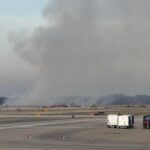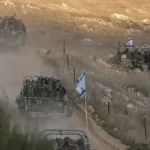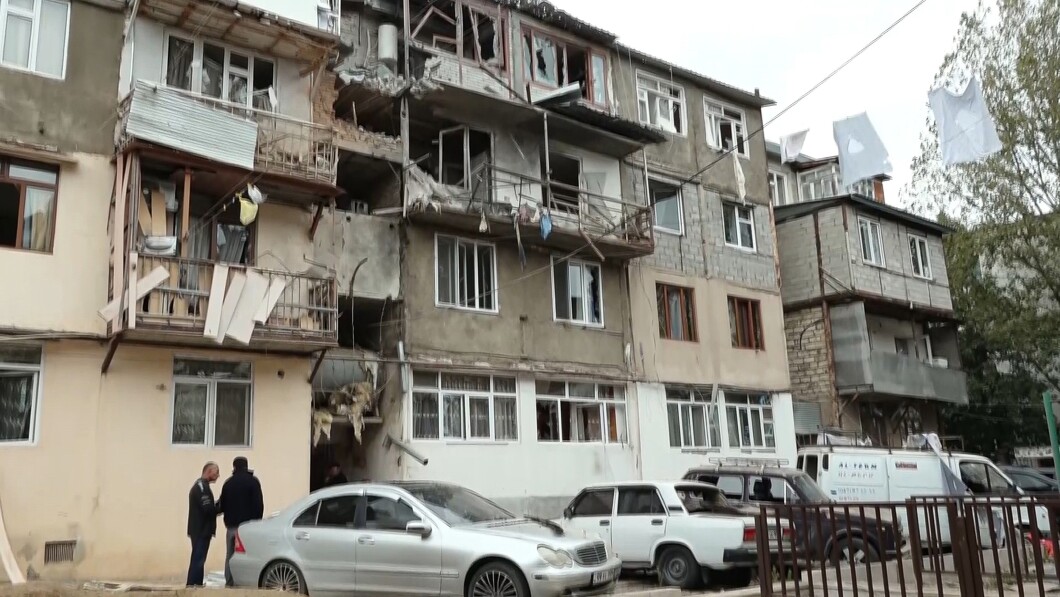
Armenia was dealt a major blow following a renewed invasion of the breakaway region of Artsakh by Azerbaijan, resulting in its complete capitulation.
On Tuesday, Azerbaijani forces launched what Baku called an “anti-terrorist operation” after one of its vehicles hit a mine in the Armenian-inhabited Nagorno-Karabakh region, known by Armenians as the Republic of Artsakh. Azerbaijani forces, including artillery, drones, and rockets, rained down fire on ethnic Armenian positions, resulting in over 200 deaths, according to the Artsakh government. Yerevan, greatly outmatched by Baku, announced that it would not intervene soon after the beginning of hostilities. Artsakh officials, seeing the writing on the wall, capitulated within 24 hours.
ROBERT MENENDEZ INDICTED: DEMOCRATIC NEW JERSEY SENATOR FACES FEDERAL CHARGES OF BRIBERY

The invasion of Artsakh was the culmination of stalled peace talks three years after a ceasefire ended the brief but devastating 44-day Nagorno-Karabakh war in November 2020. A senior adviser to the Armenian government, who wished to remain anonymous, spoke to the Washington Examiner to give insight into what led to the past week’s events and what will happen next.
The immediate concern for Yerevan is the high likelihood that Azerbaijan’s latest conquest will lead to an exodus of all the ethnic Armenians living in Artsakh. Word of Azerbaijani war crimes and abuses of civilians are well known among residents, who fear a similar fate if they remain.
“So what you’re going to have are two scenarios: if Azerbaijan — which is highly unlikely because it’s one of the most authoritarian regimes in the world — if Azerbaijan is able to provide some local democratic self-governance, some may stay around, which is highly improbable. Or you’re going to see mass exodus of Artsakh Armenians into Armenia, should they open the Lachin corridor,” he said, referring to the single corridor from Artsakh to Armenia proper.
“The likely outcome is a mass exodus and … a refugee crisis with 120,000 Armenians leaving Artsakh and moving into Armenia,” he added.
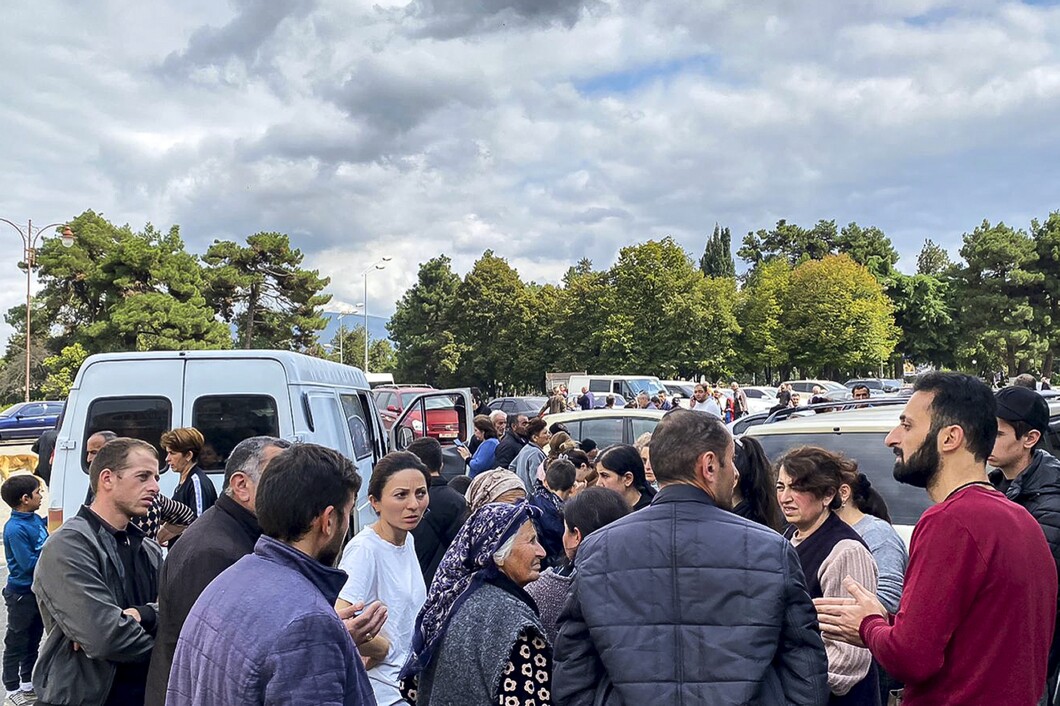
“The prevailing logic is if you stay, you’re going to be massacred,” the adviser continued, pointing to reports from Human Rights Watch, Amnesty International, and the intelligence group Bellingcat, all of which have reported extensive Azerbaijani human rights abuses, including beheadings, torture, and executions of unarmed civilians and prisoners of war. A contingent of international peacekeepers would be the only possibility.
“So in that context, unless there are international peacekeepers or international instruments protecting this population, this population isn’t going to stay there because … you know, it’s a matter of time before Azerbaijanis have killed them. Or the magnitude of oppression is going to be to such an extent that who would want to live in a despotic regime, especially one that has demonized you and dehumanized you for your ethnicity for the last 25-30 years? Unless … which is very unlikely, you get international instruments in there, the Armenian population, I just don’t see any probability of them staying around.”
Though Azerbaijan has blockaded the Lachin corridor for some time, the adviser said that it’s likely that it will be reopened, as an exodus of Armenians from Artsakh would be in Azerbaijan’s interest because the refugee crisis could come to destabilize Armenia. The other player is Russia, which the adviser believes is hoping for a refugee crisis as well in order to destabilize the Pashinyan government, which has begun to somewhat distance itself from Moscow.
However, the adviser is confident that such an exodus could be handled by Yerevan. The government and United Nations contingents in the country, with the support of the United States Agency for International Development, have been preparing contingencies for such a scenario for years. Though Armenia is only a nation of four million, it is prepared to accommodate 40,000 families, a sufficient number to cover the 120,000 ethnic Armenians living in Artsakh.
Upon Armenian Prime Minister Nikol Pashinyan’s announcement that Armenia would not intervene to help its fellow ethnics in Artsakh, large protests broke out in Yerevan, with crowds demanding a military intervention to assist the besieged enclave. More protests followed in the days following Artsakh’s capitulation, with demands for the Pashinyan government to step down.
The adviser claimed that there is significant intrigue behind the protests, as they are deeply connected to the deposed former prime minister and allied parties, which are pro-Russia. Though large, the protests tend to cap at 10,000, much smaller than the 2018 Velvet Revolution that brought Pashinyan to power. He believes Russia has some hand in the protests, having an interest in toppling the unfavorable Pashinyan government. Barring a Russian intervention, the adviser believes that Pashinyan is safe from being toppled.
However, recent polls have shown a considerable decline in his favorability despite being reelected following the 2020 defeat against Azerbaijan. The Center for Insights in Survey Research, funded by USAID, found a major drop in his favorability: Just 18.8% of respondents gave him some degree of a favorable rating, compared to 71.3% who gave him some degree of a negative rating. Despite this, he remains the most popular politician in Armenia, with 14% of respondents saying they trust him the most.
Pashinyan’s positions regarding Artsakh were highly unpopular.
CLICK HERE TO READ MORE FROM THE WASHINGTON EXAMINER
Protests in Yerevan continued throughout the week, with some involving blocking roads. Blame was directed every which way, with demonstrators split between blaming Pashinyan, Russia, or the European Union for their problems. Whatever the target of blame, the mood in Yerevan was one of grief, with many demonstrators pictured openly weeping.
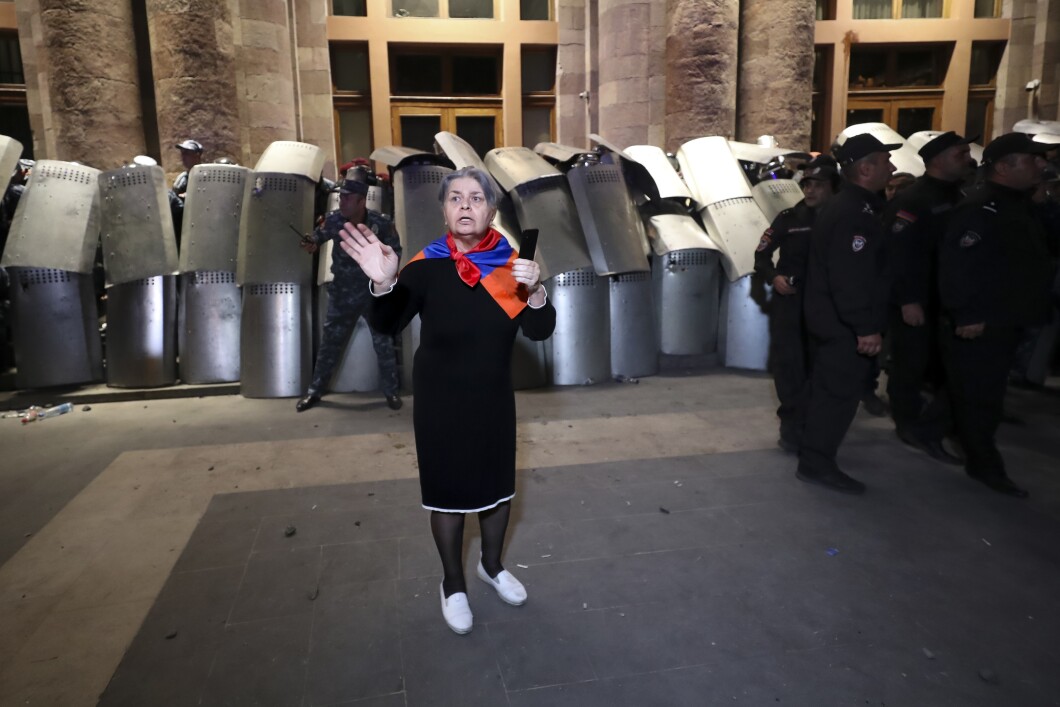
“We have no friends. Nobody wants to save us. We don’t have a strong enough army. We have no support. We’re on our own. Everyone has let us down,” lawyer Angela Adamian told AFP. “We’re scared. We’re afraid that this means the end of our nation because we know Azerbaijan won’t want to stop here.”


